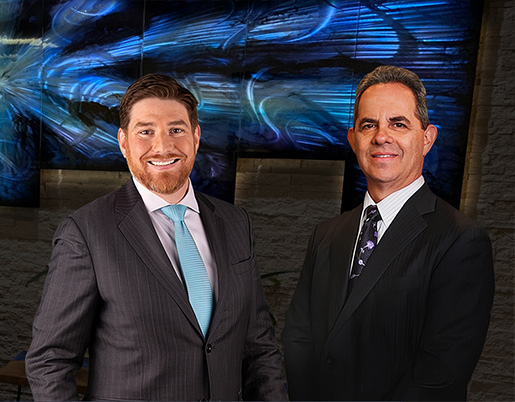On Wednesday, June 10, 2009, Fiat management assumed control of Chrysler after the company had emerged from 42 days under bankruptcy protection. The new company is restarting operations under the name Chrysler Group L.L.C. and will be under the management control of Fiat which initially will hold 20% and whose eventual holding may increase to 35%. The remainder of the ownership is divided between a health-care trust for retirees of the United Automobile Workers union which holds 55%, and the American and Canadian governments which hold 8% and 2% respectively. Fiat cannot take majority control of Chrysler until it repays the federal government the monies which had been borrowed by Chrysler.
Chrysler’s new board of directors will consists of nine members, with three to be appointed by Fiat, four from the US Treasury, one by the Canadian government, and one by the UAW health care trust. It is not yet clear whether Chrysler will be selling shares to the public but the UAW president, Ron Gettelfinger, had recently stated that he wanted to sell the health care trust holdings as soon as possible.
The new company announced it would restart production soon but in the meantime was re-distributing vehicles, which it has an ample supply of, from its closed dealerships to the remaining dealers. Chrysler closed approximately 800 dealers as part of its bankruptcy. Remaining dealerships will operate normally.
While the federal government had backed Chrysler warranties of new vehicles sold while the company was in bankruptcy, Chrysler Group will now assume that responsibility. Likewise, warranties on Chrysler products which were purchased before Chrysler filed for bankruptcy will also be honored until they expire. Warranty work for vehicles which were sold by the now closed dealerships can be done at any of the remaining open Chrysler dealers.
Fiat management announced last week that it would soon begin transferring technology, engines, transmissions and other components to the Chrysler plants to enable them to start building small and medium-sized cars for sale in North America. As one of the first steps Chrysler Group will be offering the Fiat 500 to US consumers.
Think the Chrysler you are driving may be a lemon. Call 888-Ex-Lemon (888-395-3666) and speak with an attorney at the Law Offices of Delsack and Associates for a free consultation.






